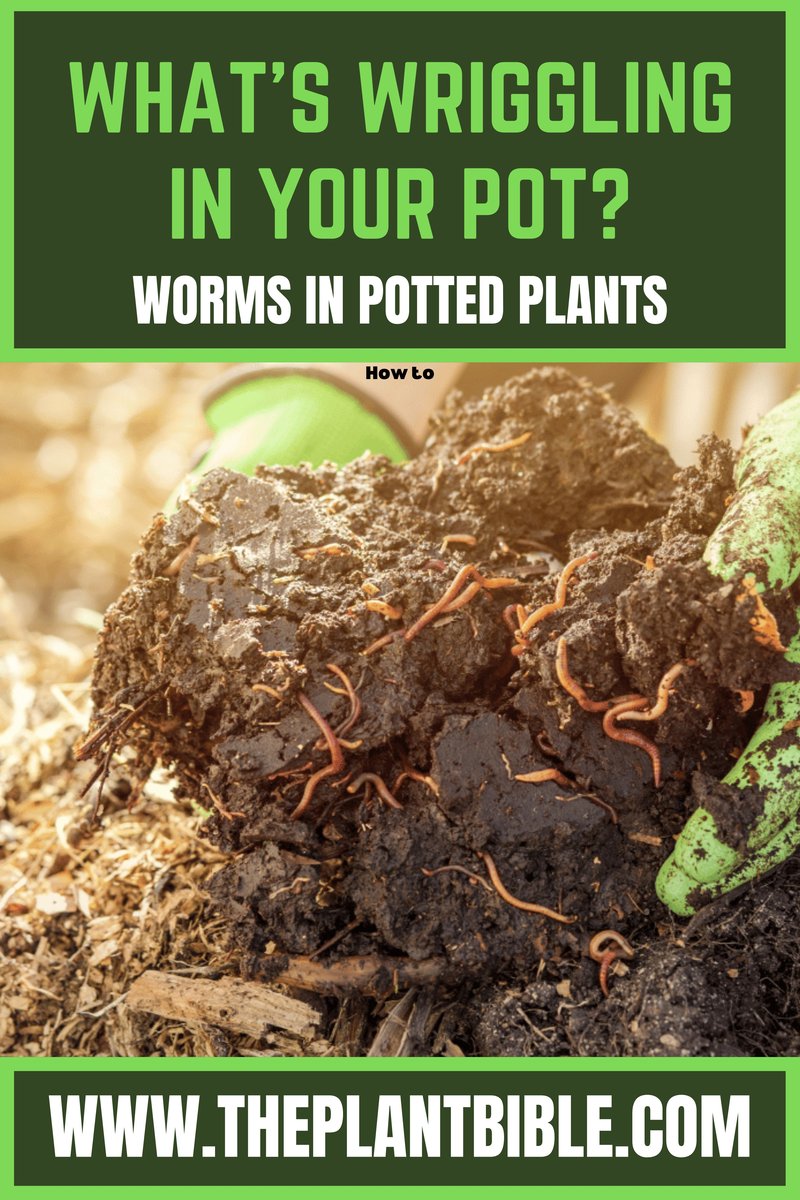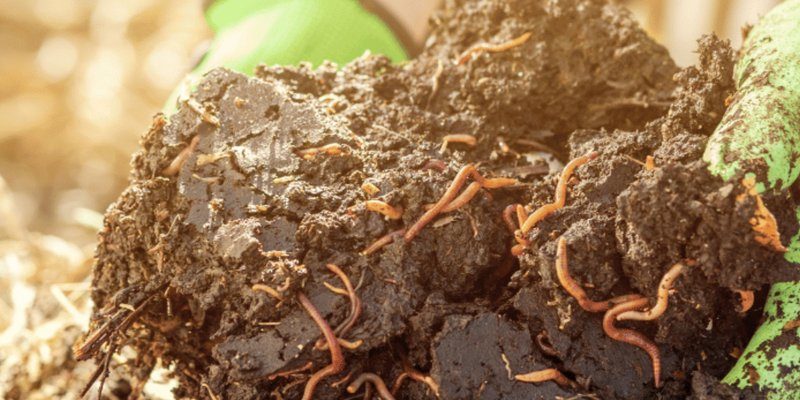
Imagine for a moment that you’re enjoying a sunny afternoon by your plants, tending to them with love and care. Suddenly, you spot a wriggling creature that shouldn’t be there. Hammerhead worms, which are native to tropical regions, can find their way into your indoor pots, often hitching a ride on new plants or soil. They can wreak havoc on your plants’ roots, leaving them weak and unhealthy. But don’t worry! Here are some effective prevention tips to keep these peculiar pests at bay.
What Are Hammerhead Worms?
Hammerhead worms, scientifically known as *Bipalium* species, are a type of flatworm. They typically have a long, slender body that can reach up to 12 inches in length! What makes them stand out is that unique flared head, which resembles a hammer—hence the name. These creatures are not your average pests. They don’t just munch on anything but are actual predators, feeding mostly on earthworms. So, if you see one in your pot, it may be a sign that your soil’s ecosystem is out of balance.
You might be wondering how they made their way into your carefully curated indoor jungle. Often, they come in by sneaking in with new plants, soil, or even compost. They thrive in warm, humid environments, so if your home has a tropical feel, they might find it just to their liking. If you’ve ever come across these worms, you may have felt a mix of disgust and concern for your plants. But, with the right info, you can handle this situation smoothly.
Signs of Hammerhead Worm Infestation
So, how can you tell if hammerhead worms have taken a liking to your indoor plants? Keep an eye out for a few telltale signs. First, these worms often come out at night, so you might catch a glimpse of them slithering around when your plant lights are dimmed. They have a smooth, shiny appearance, and their flat body can be a little alarming.
Another sign could be the health of your plants. If the leaves are yellowing or wilting, it could indicate root damage—perhaps caused by these pests munching on your plant’s roots. You might also notice some of your tiny earthworm friends missing, which hammerhead worms love to eat. Regularly monitoring your plants can help catch any issues early before they escalate into a full-blown infestation.
Why Prevent Hammerhead Worms?
You might think, “What’s the big deal? It’s just a worm!” But, let me explain why prevention is key. Hammerhead worms can negatively affect the roots of your potted plants, leading to poor growth and even plant death. By feeding on earthworms, they disrupt the soil ecosystem, which is vital for your plants’ health. Essentially, these worms can create a domino effect, leading to a less vibrant indoor garden over time.
Another point to consider is that these worms can reproduce quickly. Their ability to split into two pieces and regenerate means that just one or two worms can become a larger problem in a matter of weeks. Ignoring them now could mean a much tougher battle later on.
How to Prevent Hammerhead Worms
Now that you understand the potential problems, let’s dive into some straightforward prevention tips. Honestly, keeping hammerhead worms out of your plants doesn’t have to be a headache. Here’s what you can do:
- Inspect New Plants: Always check new plants for any signs of pests before bringing them home. Look underneath the leaves and in the soil.
- Use Sterilized Soil: Consider using sterilized or pasteurized soil for your potted plants. This treatment can kill off any lurking pests.
- Practice Good Hygiene: Keep plant pots clean and regularly remove dead leaves or debris that can attract pests.
- Create a Protective Barrier: Using diatomaceous earth around your plants can deter hammerhead worms and other pests because it’s sharp to their soft bodies.
Taking these steps can go a long way in creating a healthy environment for your plants.
Handling an Infestation
In case you spot these worms despite your best efforts, don’t panic! There are steps you can take to manage the situation effectively. First off, you can remove the worms manually. If you find them, use gloves to pick them out. Just be careful not to damage your plants in the process.
Another method is to use a natural insecticide that targets flatworms specifically. You could also try a simple solution of saltwater or vinegar, applying it directly to affected areas. This method should be used sparingly, as too much salt can harm your plants.
Lastly, consider repotting your plants with fresh soil that has been checked for any unwanted guests. This fresh start can help your plants thrive without the worry of hammerhead worms hanging around.
Maintaining Healthy Plants
A proactive approach can keep your indoor garden vibrant and reduce the risk of pests like hammerhead worms invading. Healthy plants are more resilient to pests. Make sure you’re giving your plants the right amount of water and light, and consider rotating them occasionally so that they grow evenly.
Regular fertilization with organic matter can also boost your soil’s health. This will help support beneficial organisms like earthworms, which contribute positively to your plants’ ecosystem. Think of it as creating a balanced diet for your plants.
Lastly, consider introducing companion plants that can deter pests naturally. For example, certain herbs might keep unwanted critters at bay while adding beauty to your collection.
In the end, dealing with hammerhead worms in indoor potted plants may seem daunting, but with a little awareness and effort, you can keep these strange, flat-headed intruders out. Remember to be vigilant about inspecting new plants, maintaining clean pots, and nurturing your plants’ health.
Your indoor garden should be a place of joy and relaxation, not a battleground against pests. And if you do come across a hammerhead worm, just take a deep breath, and handle it calmly. After all, every plant parent faces challenges, and with the right tools and knowledge, you can make your indoor sanctuary thrive.

